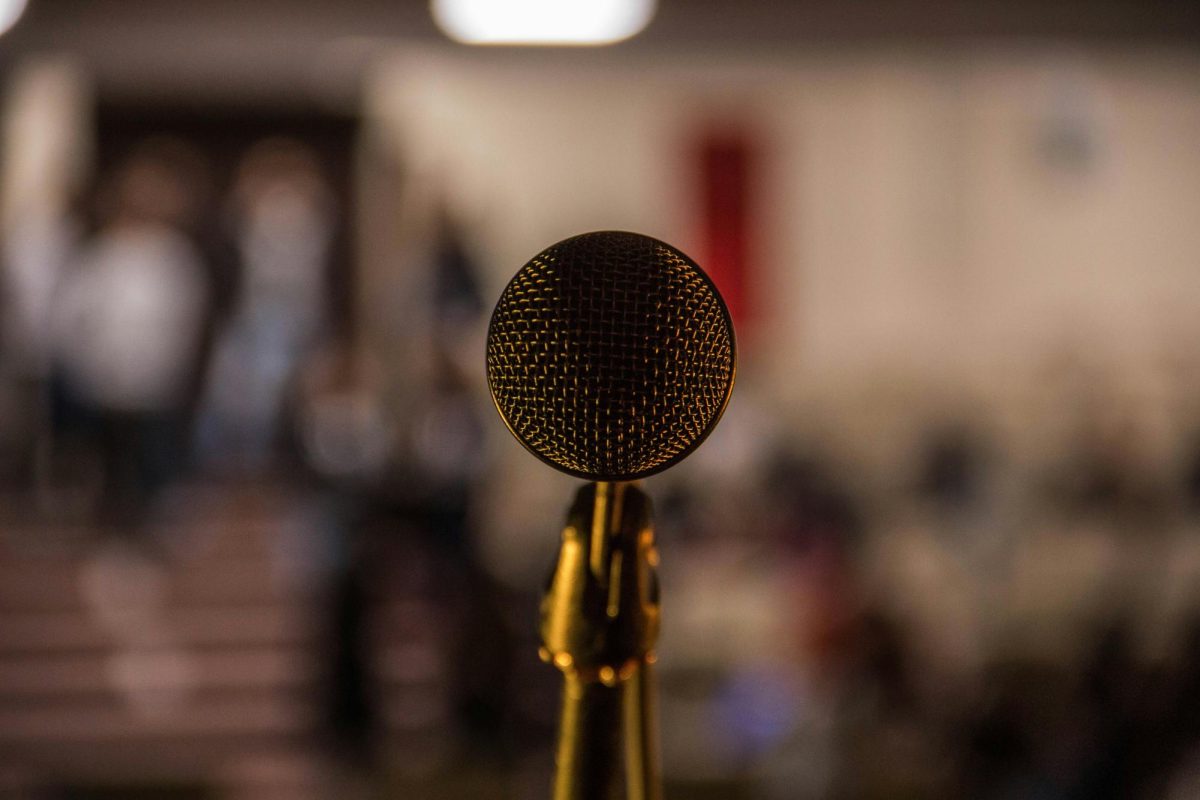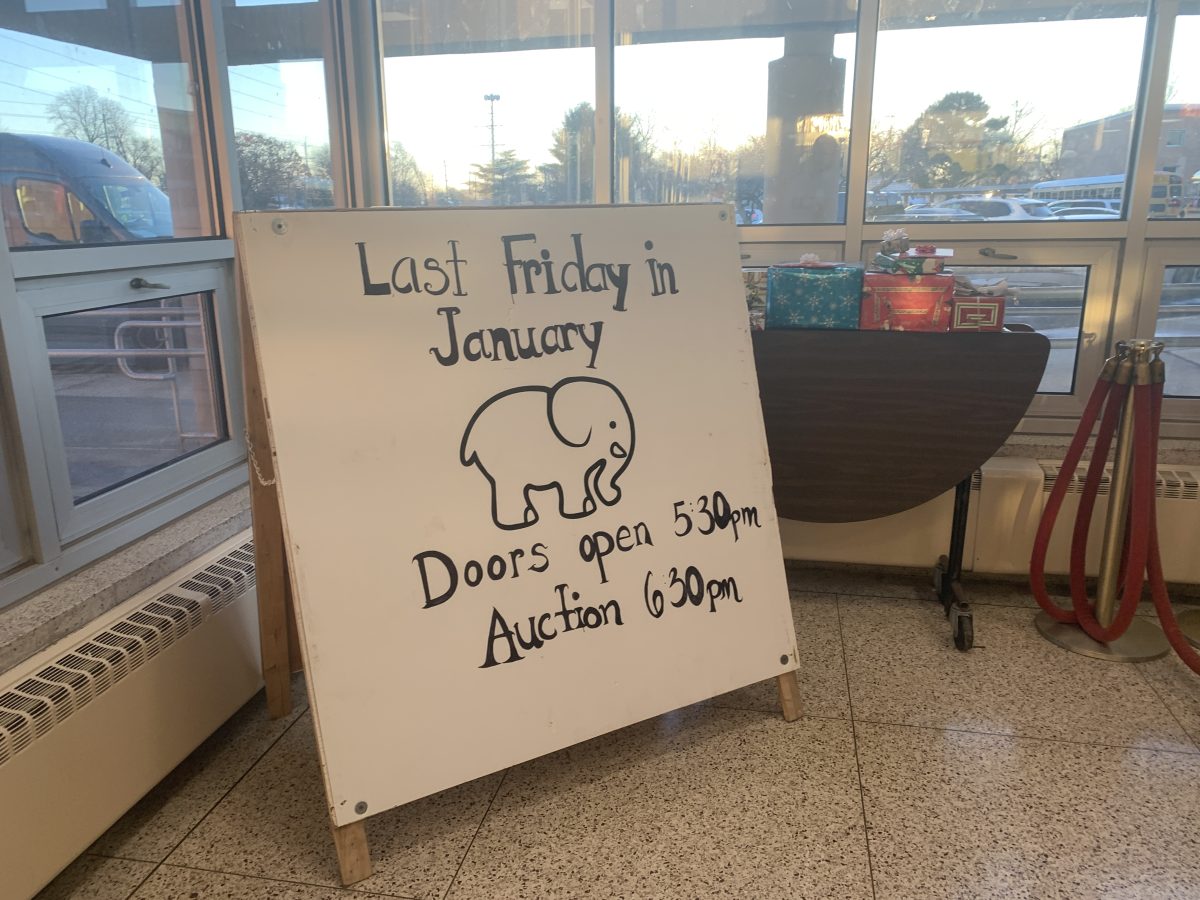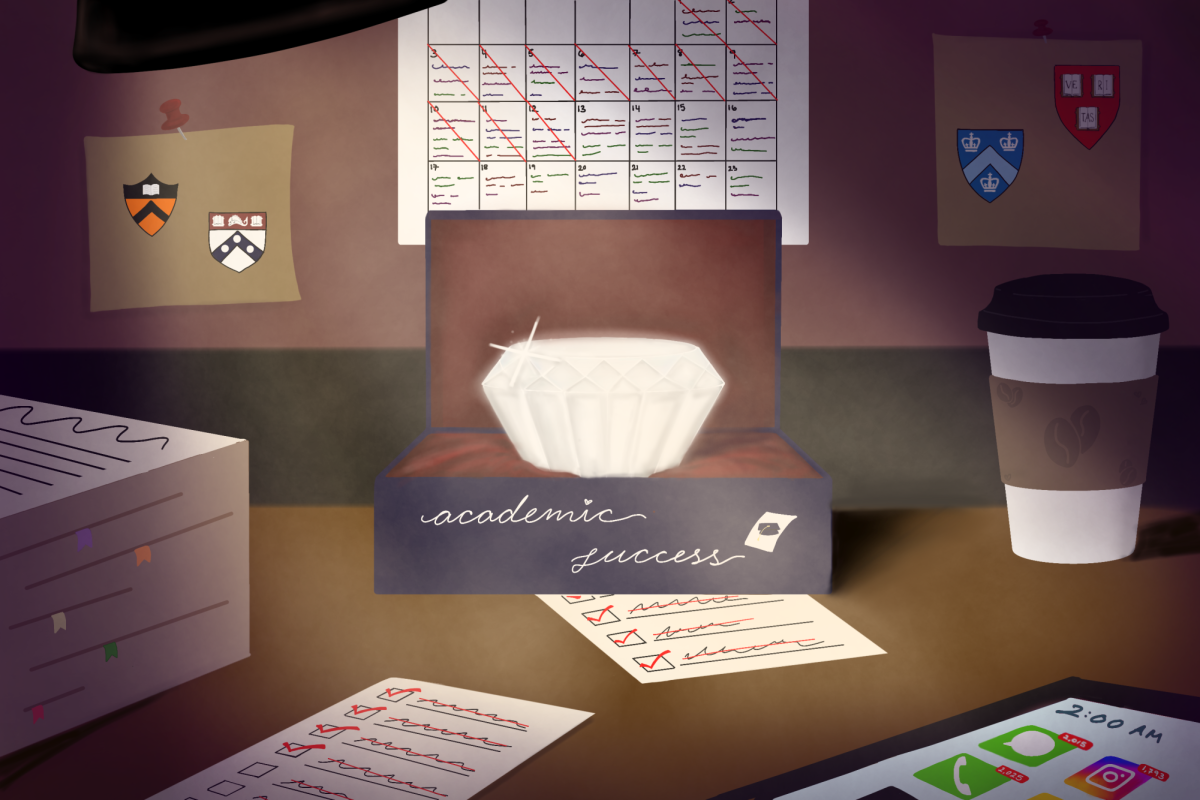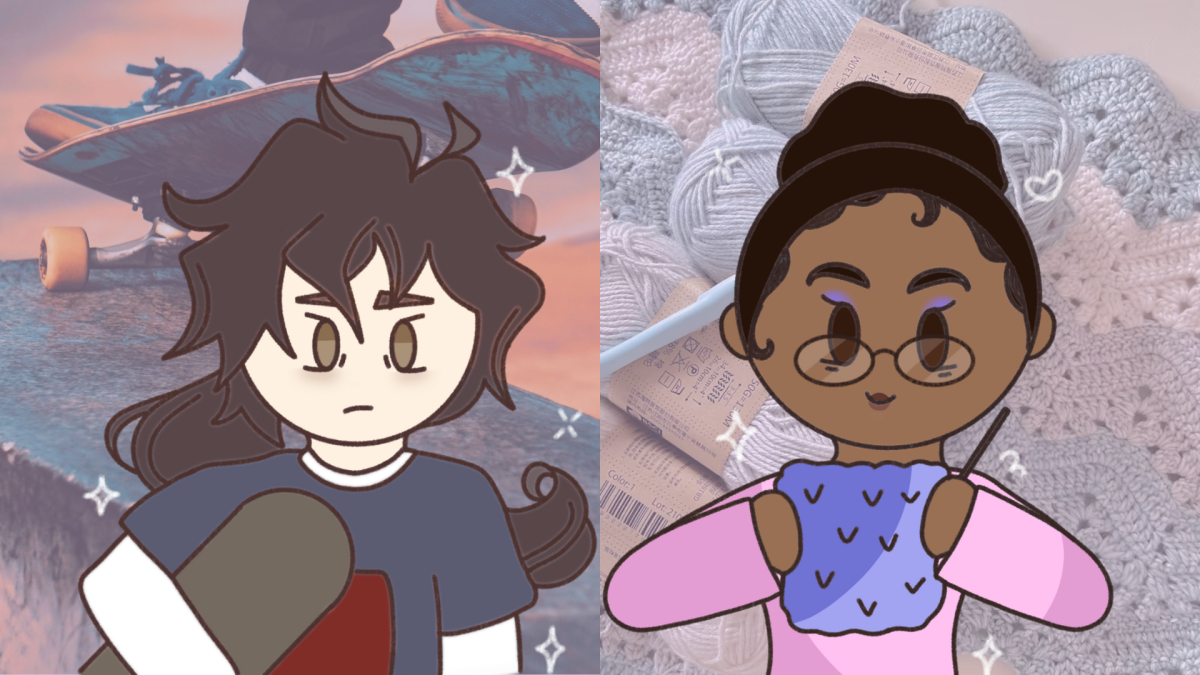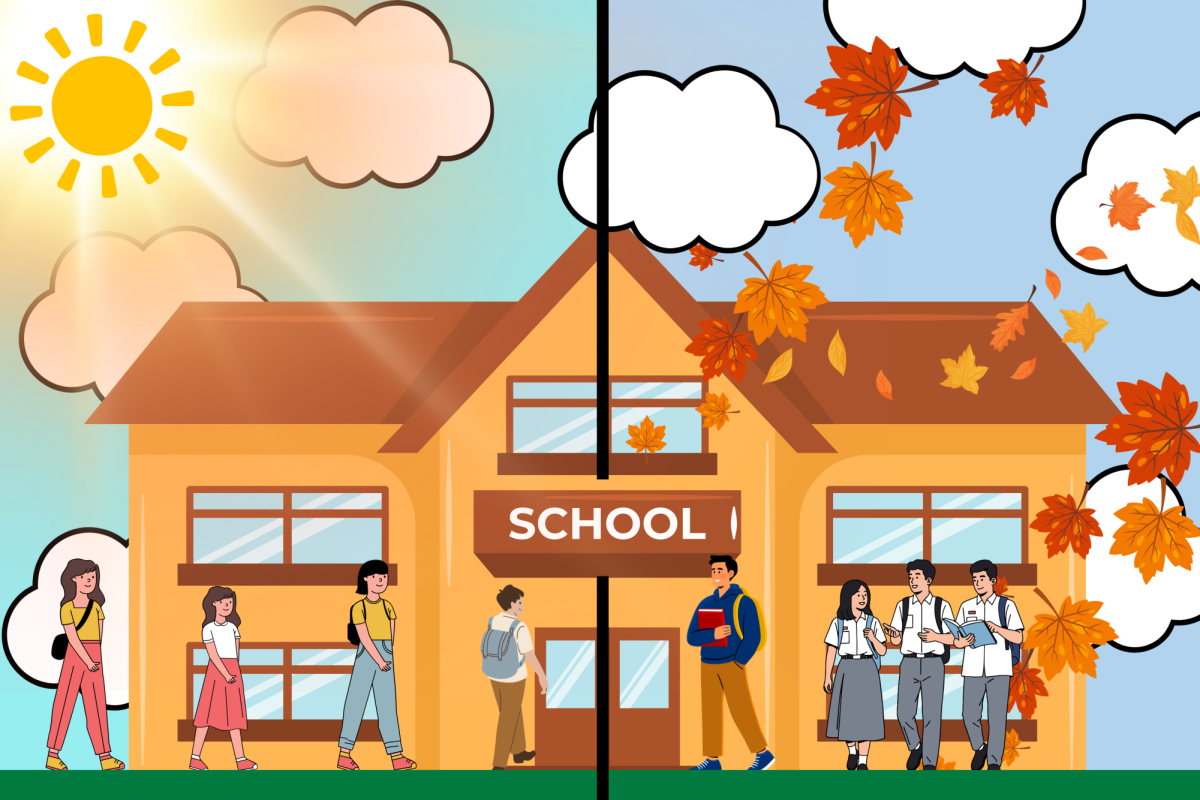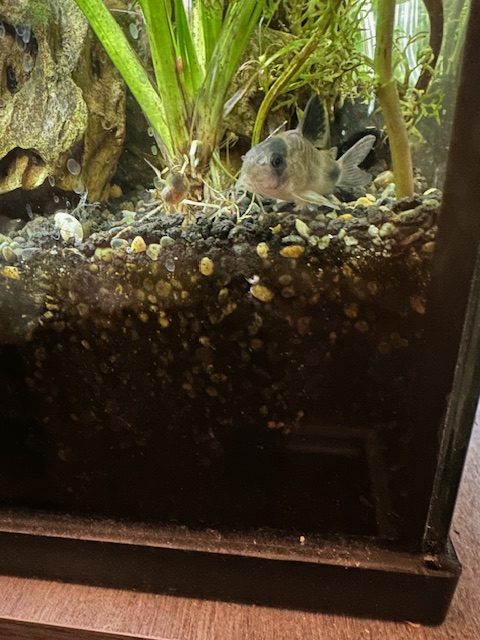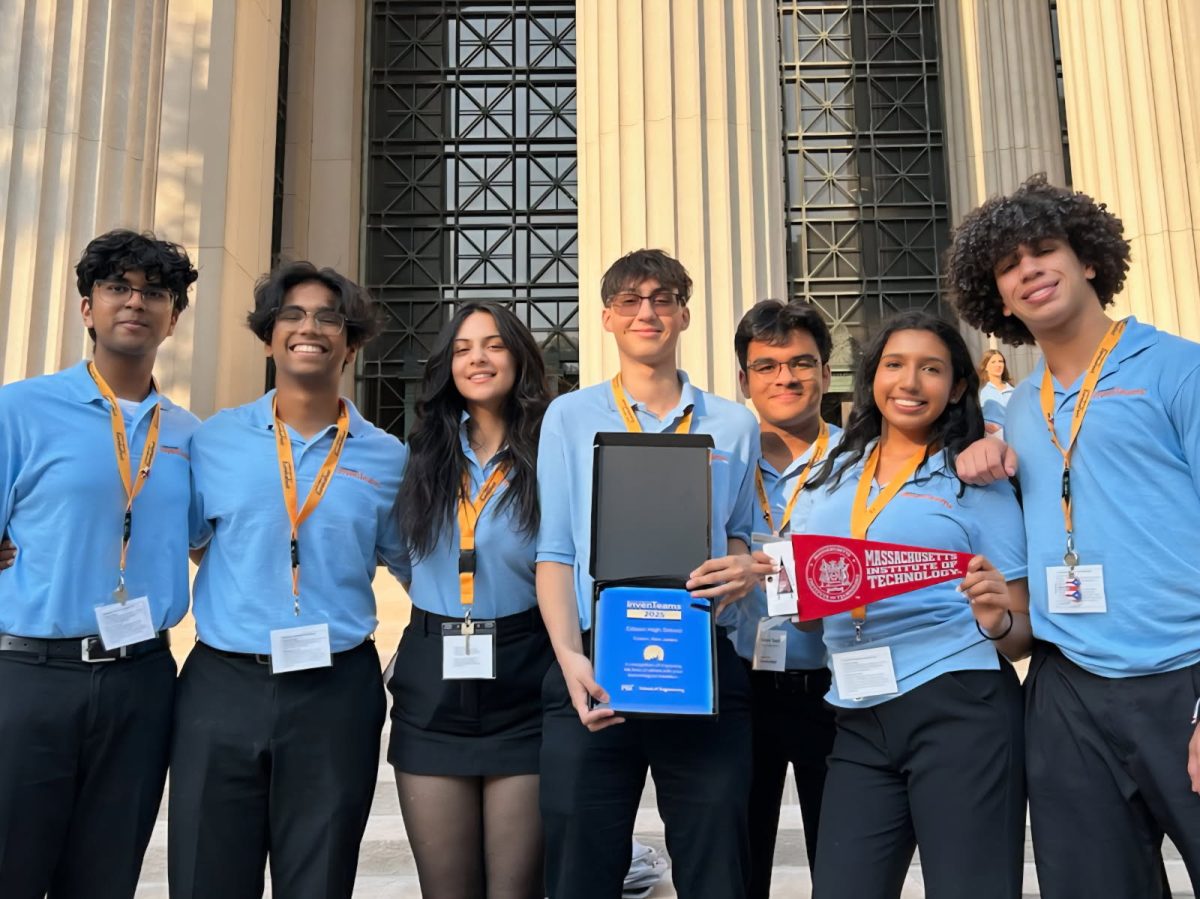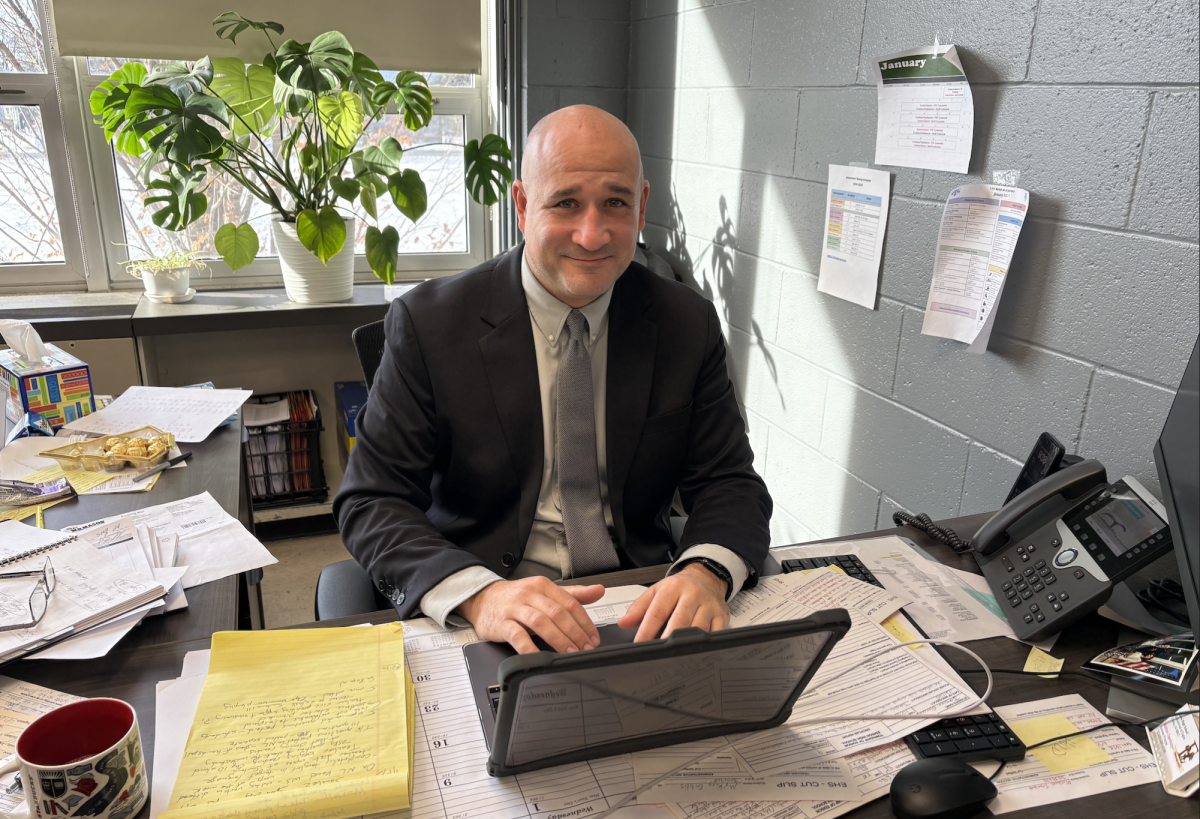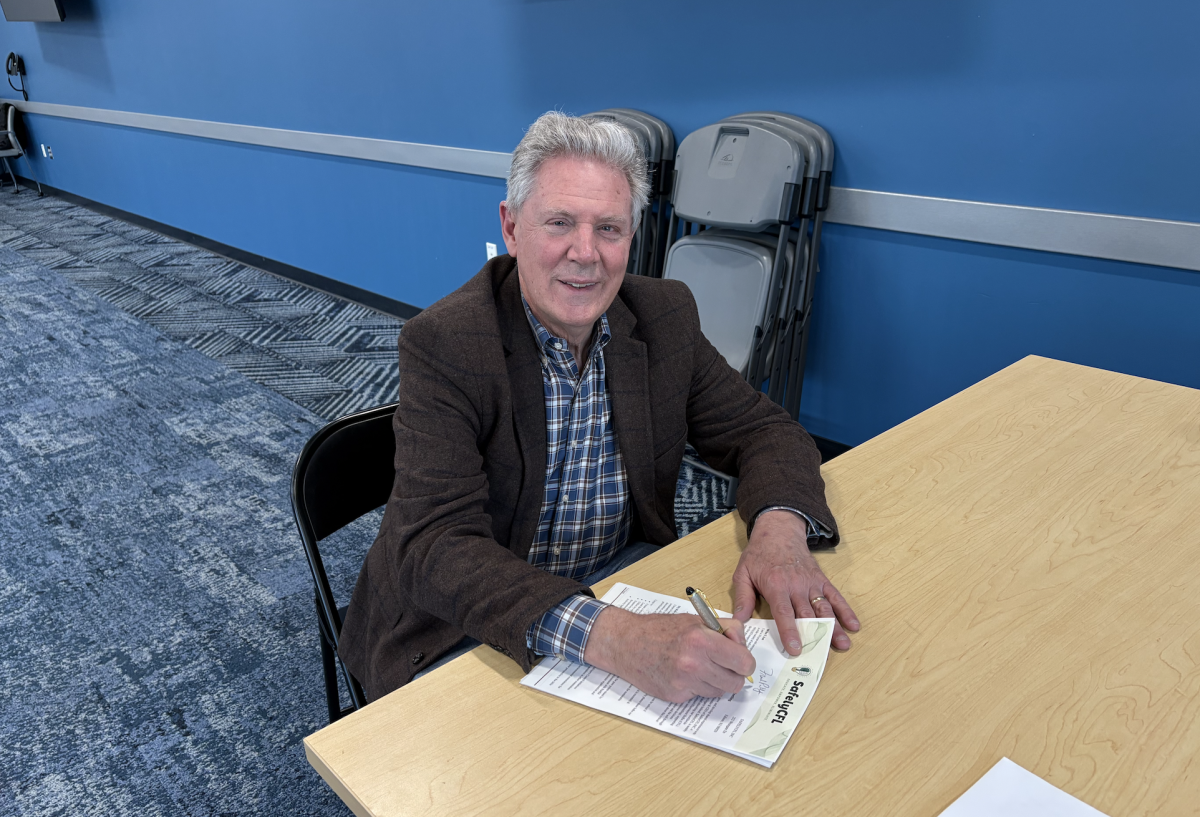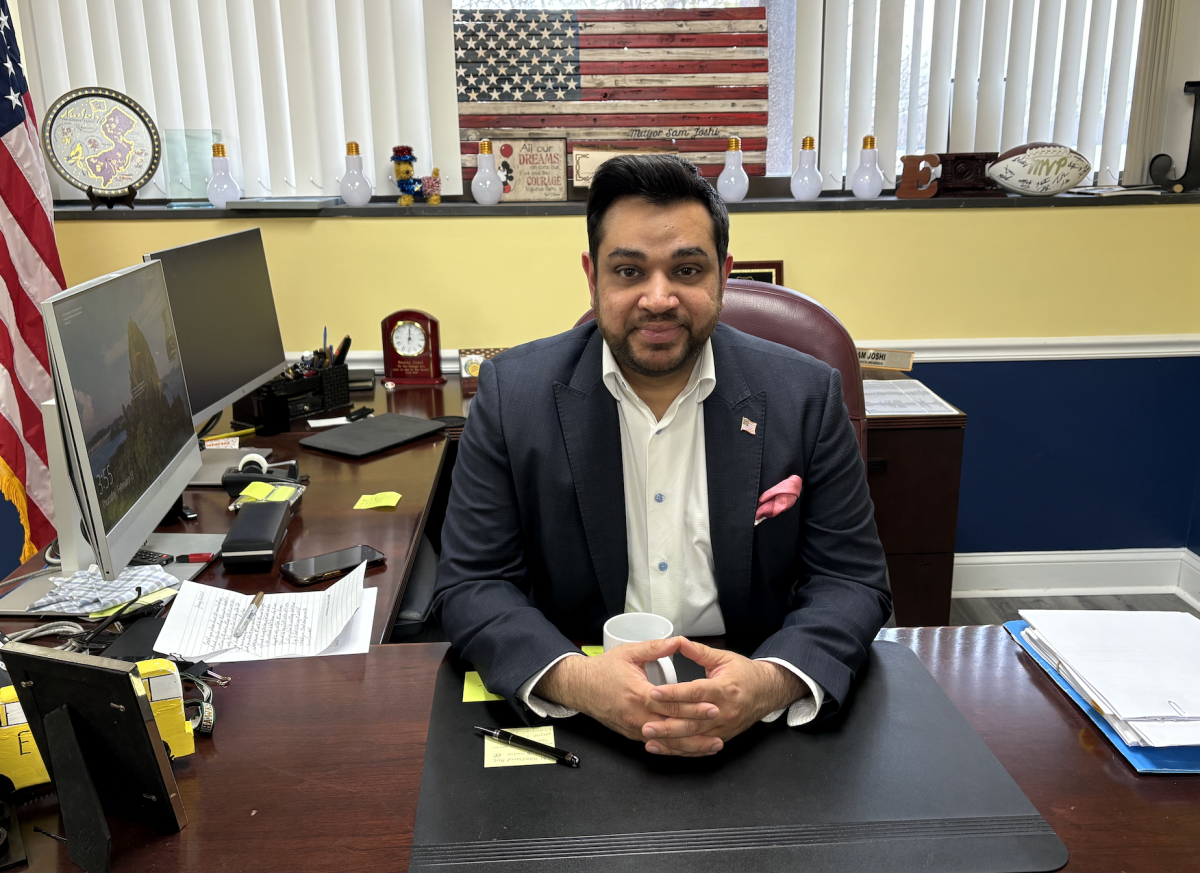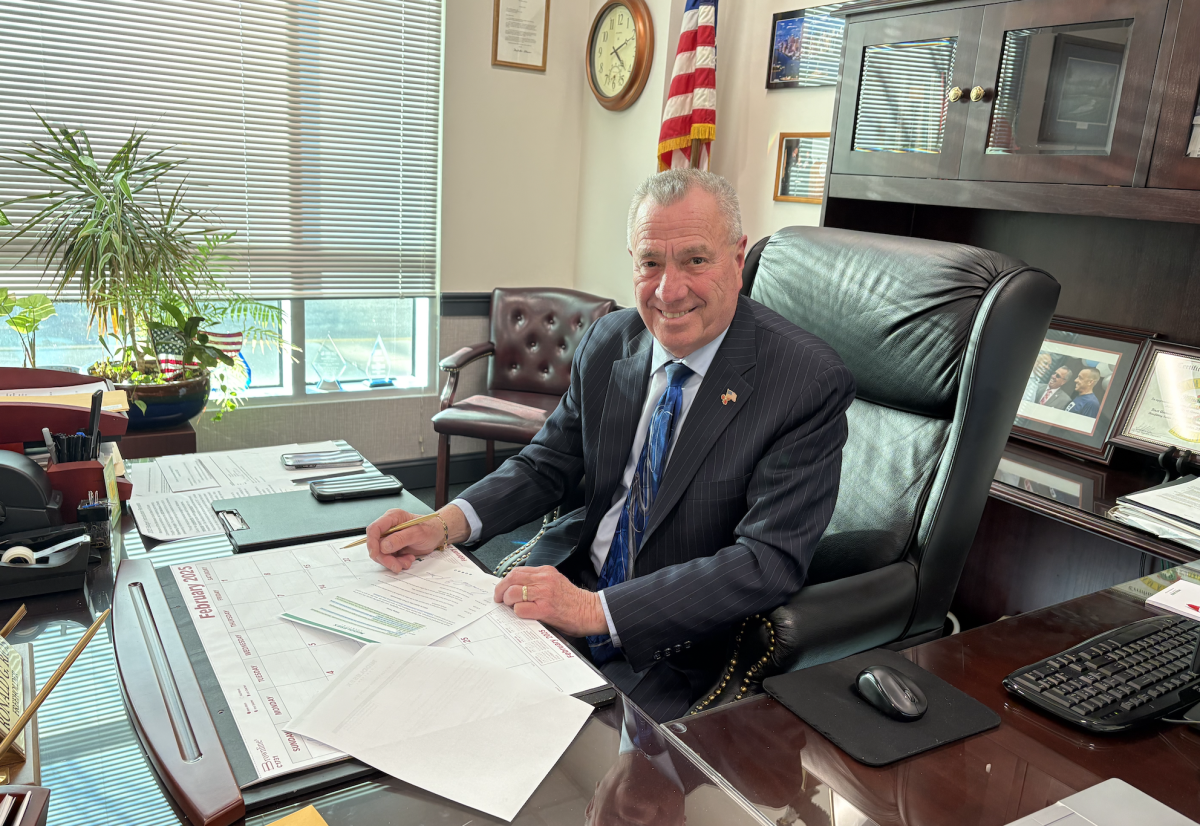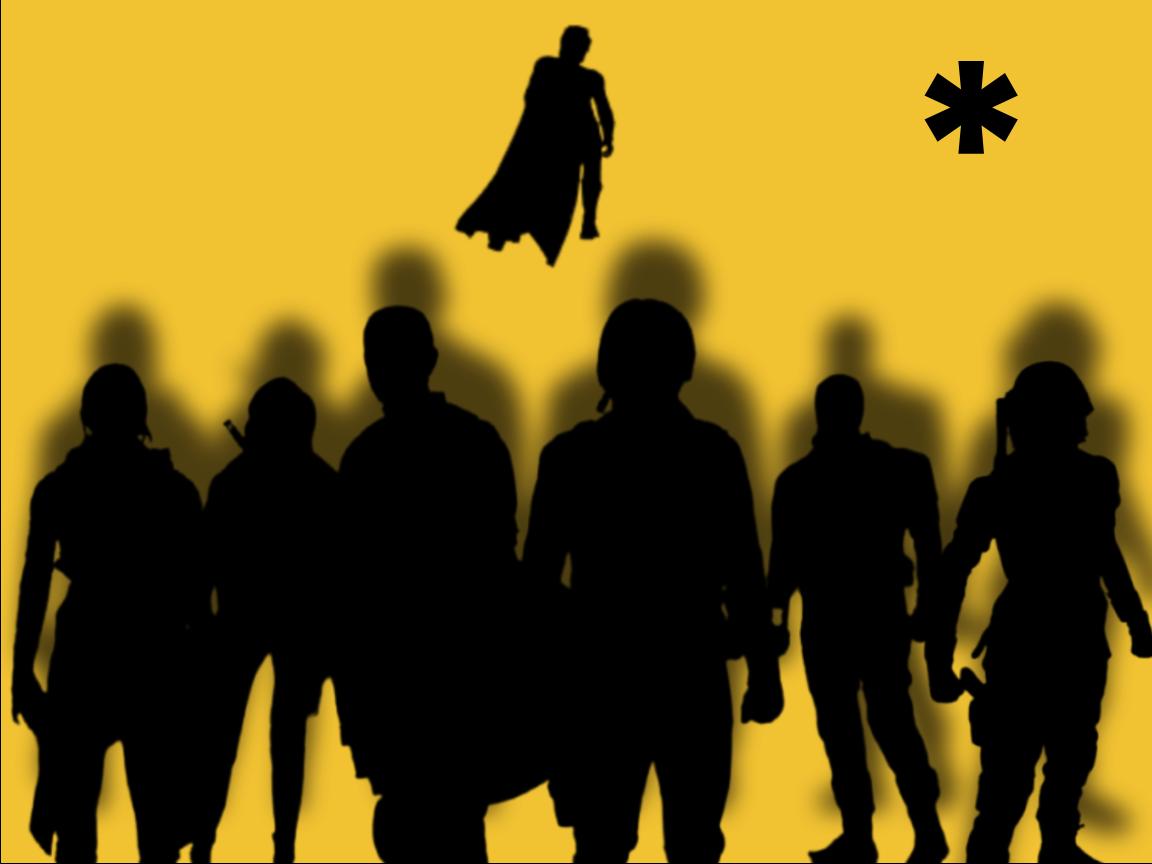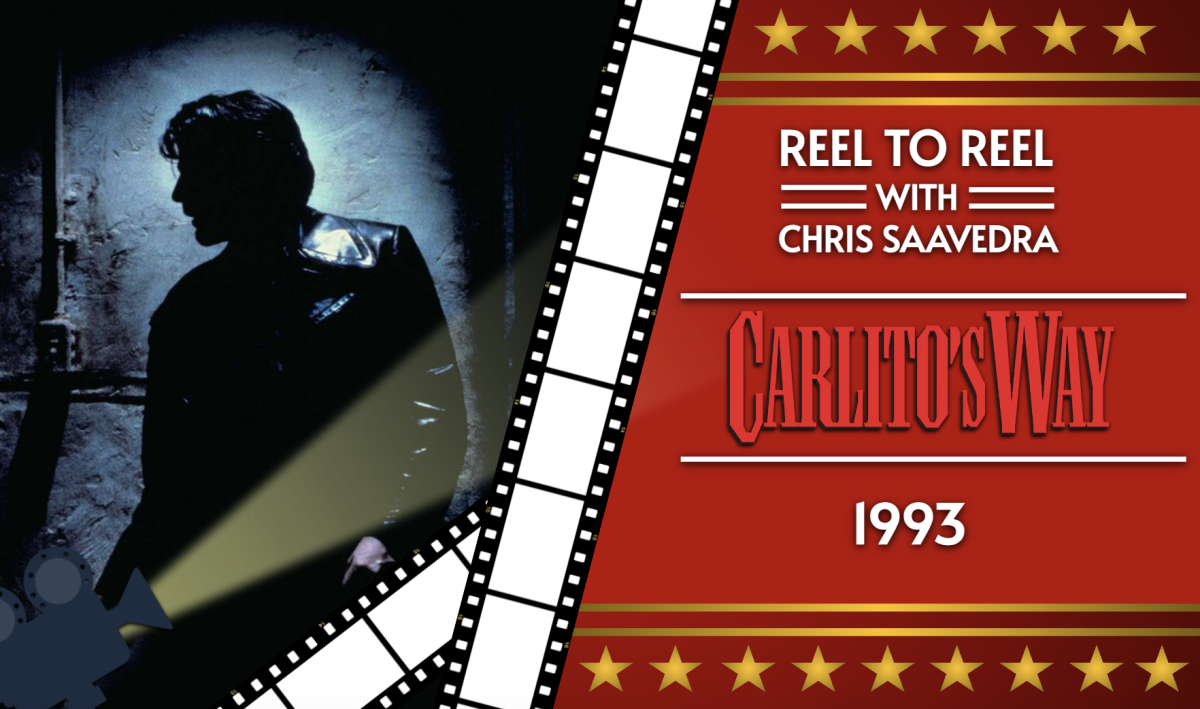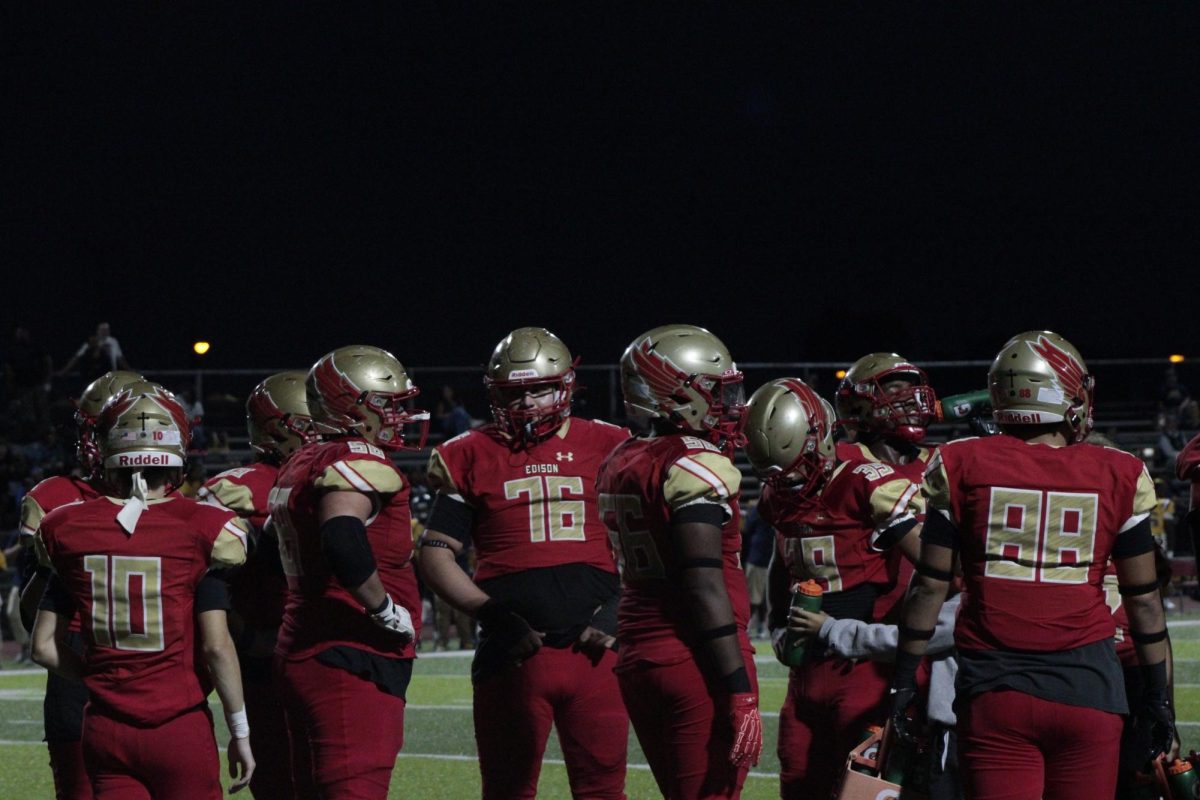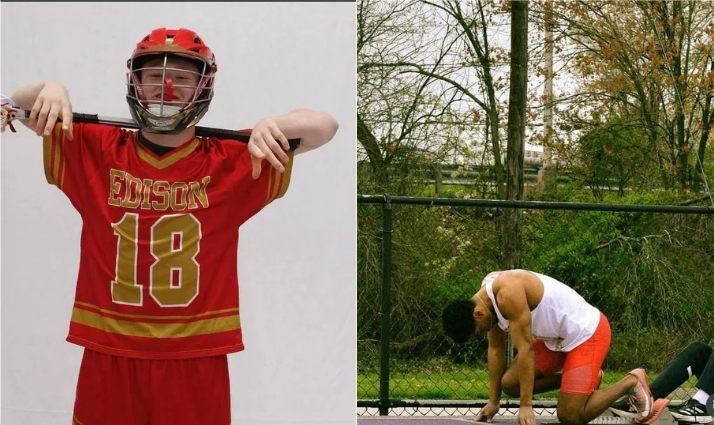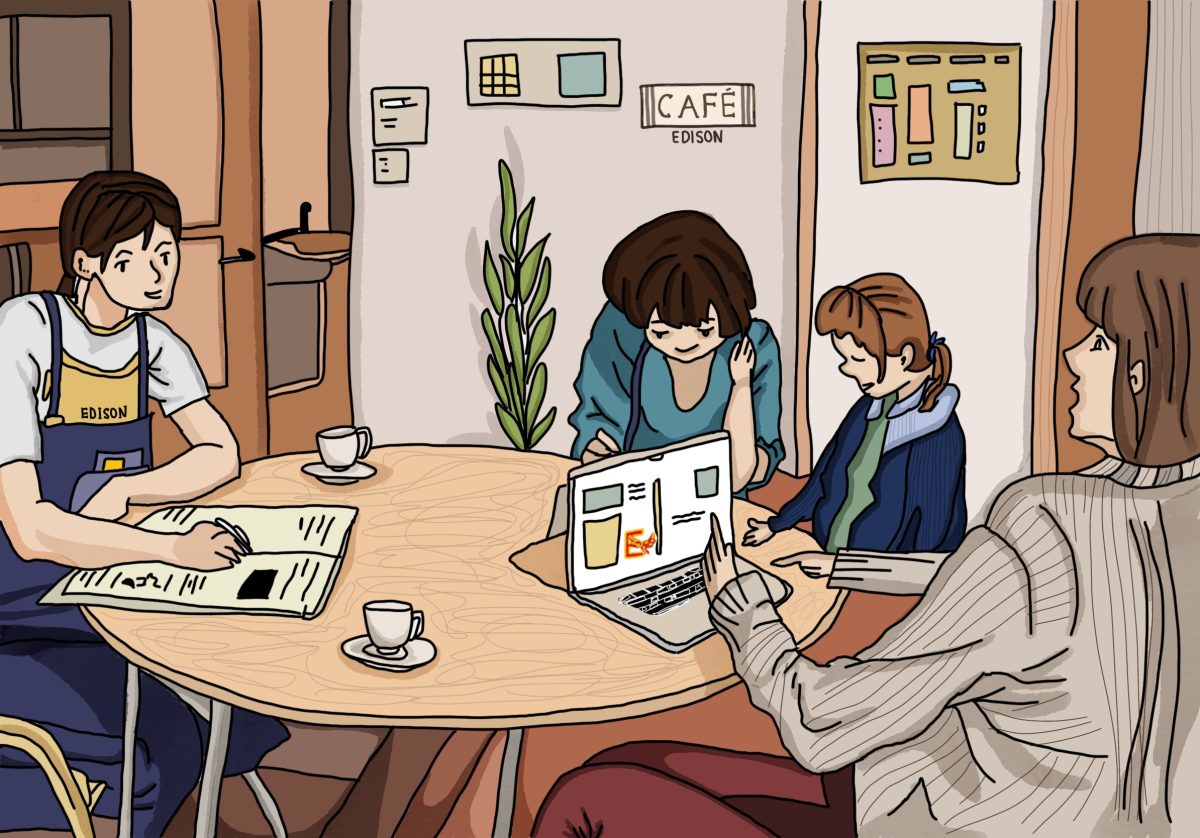From the first bell at 7:40 in the morning to the last bell at 2:30 in the afternoon, students at EHS are confined within the walls of the building. After that, the students have freedom over Edison. When the final bell rings, where does EHS go?
In sociology, there are three places people tend to go. The first place is their home, the second place is their work or school, and finally, there is the “third place,” a destination one goes to socialize regularly without having to spend copious amounts of money. This third space is a place of community where the labels of society should not affect one’s treatment.
But does such a place exist in Edison?
According to EHS students, there is no centralized location for them to meet. In the past, Anatomy and Biology Teacher Jennifer Przygoda ‘96 recounts her third place being the same as her second: Edison High.
“It’s hard to think of the concept of a third place because as a student, Edison High was my second home,” Przygoda said. “This is where I spent a lot of time after school, on weekends, being involved in clubs and activities. I was really involved in band. So I am hard-pressed to think of another place that left that impact.”
Even now, in 2023, current students share Pryzgoda’s experience. Varsity Girls Soccer Captain Kaytlin Roudi ‘24 often finds herself on the soccer field.
“I play with my friends, both for practice and for fun,” Roudi said.
EHS Varsity Cheerleader Samantha Villa ‘24 also said she likes to be “anywhere outside, or [at] the school.” Practicing with her teammates and friends fulfills Villa’s time outside of school and home.
Although many students associate the school with their third place, others believe theirs does not exist. In Edison, numerous students struggle to identify a third space that satisfies its definition.
“There is no third place I like to go to,” said Aaron Cabrera ‘24. He even questions, “Can my third place be within my first place?”
Outside of school and work, students at EHS lack a place where they can socialize without spending money, money that adds up over time. With a school district that covers around thirty square kilometers, the only other option is home.
“I’ll just invite my friends over to my house. There is nowhere else to go ” said Sanaya Patel ‘25.
“Most of us just stay home,” said Villa.
When it is not their home, it’s someone else’s.
“I’m always at my cousin’s house. Their place is like a second home to me,” said Ali Altrairi ‘26.
However, hanging out at home does not constitute a third place. The third place cannot be the same as the first because your home is not open to the community. The association of a third place with one’s home highlights the lack of community spaces in Edison. At home, it is difficult to socialize with others outside of one’s friend group.
The issue lies in the lack of community spaces within Edison. Students struggle to find places outside of their homes, where they can meet up with friends without having to break the bank.
“We usually go to my house or one of my friends’ house,” said Roudi. “Sometimes, you can’t always just spend money.” Varsity Cheerleader, Lindsay Yascko ‘25, added, “Now that I’m a junior, and I have a lot of senior friends, we can kind of just drive around,” but notes that these plans are not always feasible. “Gas is expensive,” said Yascko.
Yaskco’s concerns are founded in the fact that Edison houses two major highways, US-1 and Route 27, which factors into the lack of community spaces. To walk from the high school to grab boba, students walk past the loud, busy, and unpredictable Route 1.
This lack of a third space available to high school students in Edison contrasts with students’ accessibility to these places elsewhere in the state and even the world at large.
For instance, in the donut hole of Edison, Metuchen has a multitude of accessible eateries, not to mention a walkable main street. After school, Metuchen High School students can be seen populating the corner of Main and New Street.
During her time as a student teacher in Bahrain, the Middle East, Pryzgoda observed teenagers who had this special surroundings.
“The high school students took me to a hookah lounge, so they were showing me where they would go to hang out,” said Pryzgoda. This lounge served as their third space.
“It was my first time seeing that concept of a place where people go to hang out, and a place to relax, and spend time without that sense of, you can only spend so much time here because they have to turn over the tables,” added Pryzgoda. Although this type of niche space cannot be accessed by U.S. teenagers, such places of community are a rarity for teenagers in America. Due to the United States’ capitalistic nature, of which Edison is not absolved, finding places where one can spend long periods without having to spend money, leaves many conflicted as to where they are welcome outside of school and home.
Third places bring people together, and Edison’s lack of third places stresses the lack of autonomy and independence for students, which is essential for development. Finding a third place is essential for student happiness and socialization. So while they may not be easily found, one should actively seek a third place—even if it’s outside of Edison.
Categories:
Edison’s Third Place, But Did It Ever Exist?
January 31, 2024
A group of friends collaborate at a local café.
0
Donate to The Eagle's Eye
$0
$500
Contributed
Our Goal
Your donation will support the student journalists of Edison High School. Your contribution will allow us to purchase equipment and cover our annual website hosting costs.
About the Contributors

DOHA AFIFI ‘24, Staff Writer
Doha is a staff writer for the Eagle’s Eye. She’s been writing for the newspaper since her junior year. When she is not writing for the newspaper, she is the treasurer of the Class of 2024 and the president of MSA. In her free time, you can catch her reading, painting, or volunteering for the community.

RHIANNA BOSE ’24, Illustration Editor
Rhianna Bose is one of the staff writers for “The Eagle’s Eye,” and has recently joined the newspaper in her junior year. When she is not writing for the paper, she participates in clubs such as Peacock Society, Rotary, and UNICEF, and is a prominent leader in the Art and Ceramics Club. Apart from school, she enjoys tutoring children, swimming, and participating in local art contests.







